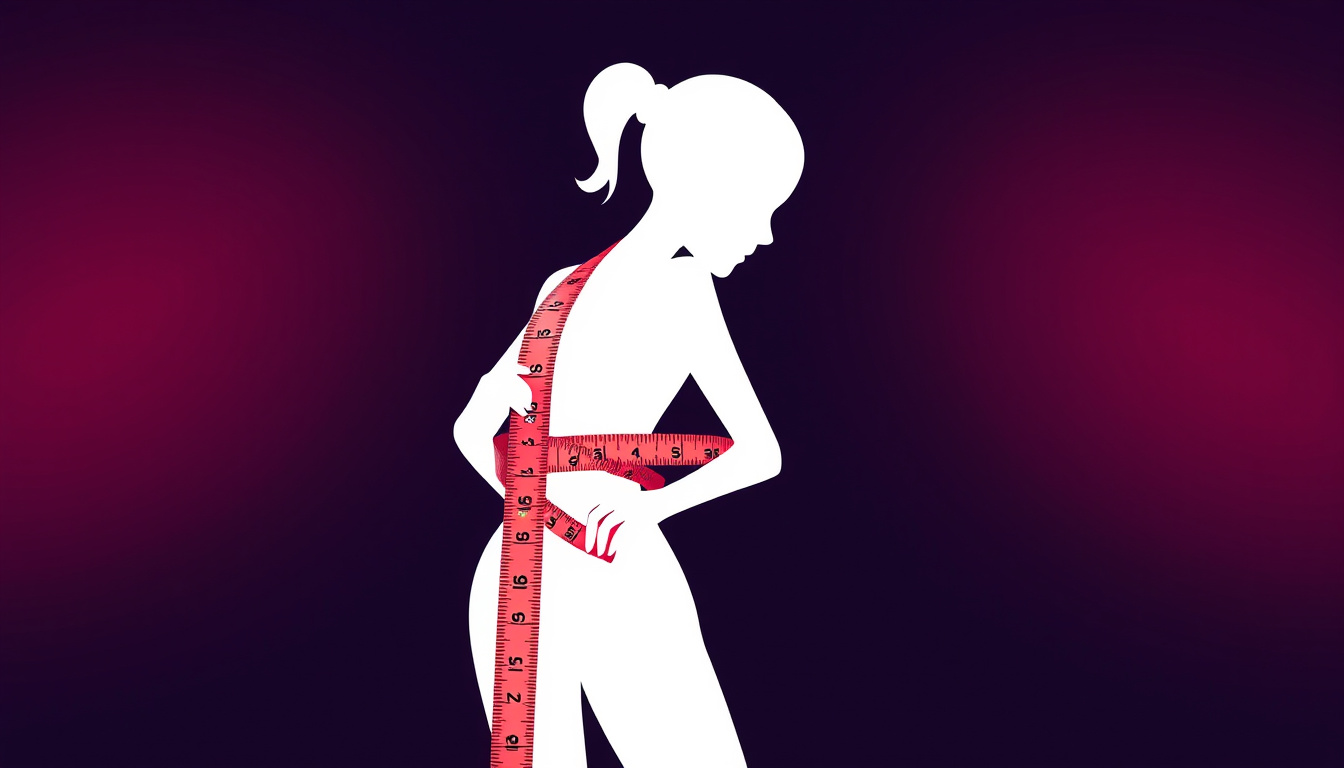Losing weight means using one clear rule: eat fewer calories than your body burns. A calorie deficit happens when you take in less food energy than your body needs for daily work and rest. This idea can speed up your weight loss path. Whether you are new to weight loss or you seek new ways to work on your plan, this article gives time-tested methods to get a safe and steady calorie gap.
What Is a Calorie Deficit and Why Is It Key for Weight Loss?
Calorie deficit sits at the heart of managing weight. Your body needs calories to do all its work—breathing, digesting, and moving. When you eat more than you burn, your body keeps extra calories as fat. When you eat less, your body turns to stored fat for fuel, which makes you lose weight.
Health experts say a steady gap of about 500 to 1,000 calories each day can lead to a weight drop of about 1 to 2 pounds a week (source). This balance helps you lose weight and still gives you the food you need, while keeping harm to a minimum.
Proven Ways to Reach and Keep a Calorie Deficit
Cutting calories needs the right food choices, more exercise, and small life changes. Here are some ways that have worked well:
1. Track What You Eat
Find out your daily calorie use by writing down what you eat and drink in apps or journals. This close look helps you find spots to cut extra calories and still feel full.
2. Focus on Nutrient-Rich Foods
Choose foods that pack a lot of nutrients with fewer calories. Pick these foods:
- Vegetables
- Fruits
- Lean proteins (chicken, fish, beans)
- Whole grains
- Legumes
These help you get the vitamins you need, keep you satisfied, and lower the urge to eat too much.
3. Boost Your Exercise
Move more to burn extra calories. Try a mix of cardio and weight work:
- Cardio (running, cycling, swimming) burns calories while you do it.
- Strength work builds muscles, and muscles burn calories even when at rest.
Aim to do at least 150 minutes of moderate exercise each week, with extra sessions to build muscle.
4. Control Portion Sizes and Meal Times
Eating smaller, set meals helps stop hunger and keeps the total calories lower. Use cups or scales to set your portions right.
5. Cut Out Sneaky Calories
Watch out for drinks like sodas, fruit drinks, and alcohol. They hide quite a few calories. Choose water, herbal teas, or plain coffee instead.
6. Try Time-Restricted Eating (If It Fits You)
Time-restricted eating means you have set times for eating and for fasting. This plan can lower your calorie intake without extra effort. Pick a style that works well with your life and health.
Keep Track of Your Progress and Tweak Your Plan
It is smart to check your progress often. Use weekly weigh-ins, body measurements, or check your body fat. If the scale stops moving, do small steps like these:
- Look at how many calories you eat.
- Put in a bit more exercise.
- Keep your muscles strong with weight work.
Change slowly so you stay well and do not feel worn out.
The Value of Lasting Changes
Even though a calorie gap is key, it is best to choose habits you can stick to over time. Fast diets or very low calorie plans may work for a short time but may not last and might miss key nutrients.
Try for slow and steady weight loss by making small changes to food and exercise. This small plan helps you get better health and keeps the weight off for a long time.
Top 5 Tips for Keeping a Calorie Deficit
For steady progress, try these clear tips:
- Cook meals ahead to control what goes in and the portion size.
- Drink enough water—sometimes the thirst feels like hunger.
- Get enough sleep; bad sleep can raise hunger and cravings.
- Cut down on processed foods that have high sugar and fat.
- Choose exercises that you enjoy to keep you moving.
Frequently Asked Questions About Calorie Deficit
1. How many fewer calories should I aim for when losing weight?
A safe range is about 500 to 1,000 calories less each day. This range can drop about 1 to 2 pounds a week while keeping you well fed.
2. Is it possible to have a calorie deficit without a strict diet?
Yes. You can raise your activity, sleep better, and choose healthy foods. With these steps, you create a calorie gap without a harsh plan. Mixing these actions tends to work best.
3. How can I see if my calorie gap is making a difference?
Watch your weight, take measurements, and check your fat levels often. If you see a steady drop and feel strong, your gap is working. If the scale holds steady, check your food and activity again.
Conclusion: Take Control of Your Weight Loss with a Calorie Deficit
Knowing and using a calorie gap is the best approach to speed up weight loss. With mindful eating, more exercise, and small changes each day, you build a calorie gap that drives your progress. Stick to your plan and be patient—small steps can lead to lasting change. Start now by tracking your food, moving more, and taking in healthier choices. Your path to a stronger, healthier self starts today!
Ready to take charge of your weight loss? Use this proven calorie gap method and see your change soon. A healthier, happier you beckons!



